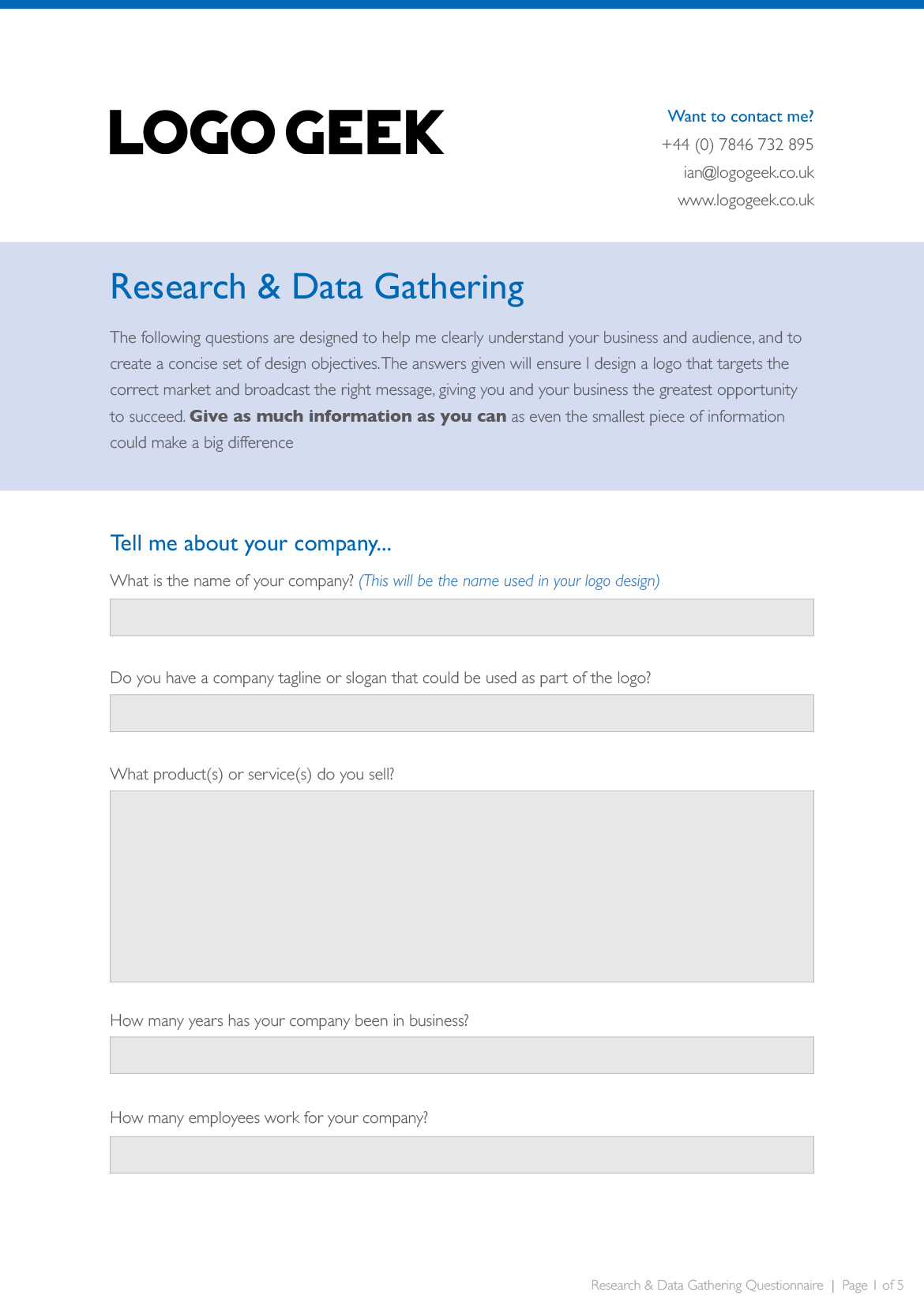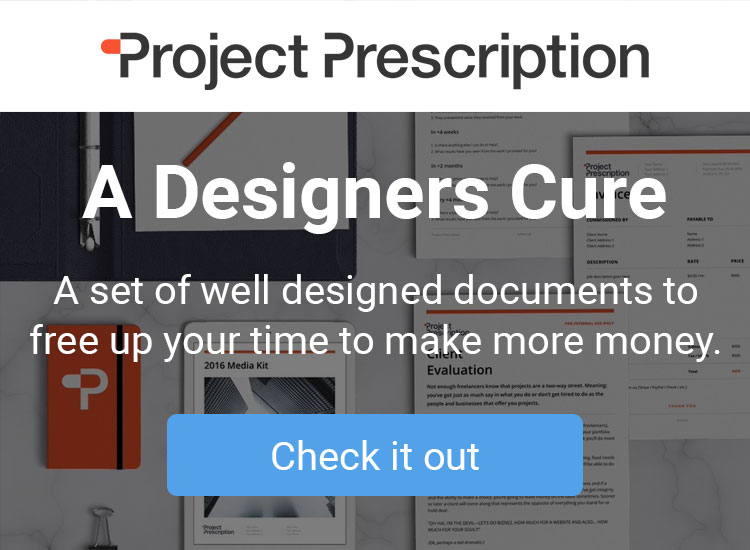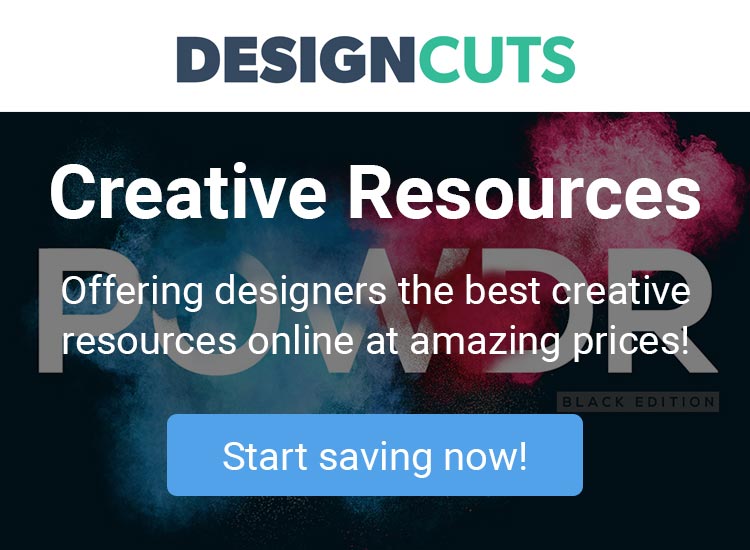Unless you plan to create your own projects and work for yourself, in almost all cases when designing a logo you will need to work with other people. This includes people who are just starting a business, to those who have run businesses for years.
Some of these people may have worked with designers before and have a prepared design brief, however in most cases, they will be unfamiliar with the logo design process, so your job will be to guide and educate along the way, which also includes assisting with, and preparing a logo design brief.
What is a design brief?
A design brief is a document containing a set of instructions which outline the desired results of a project.
There’s no set way of writing a design brief, but they will always share the same purpose… to set out a list of aims and objectives. This is so that you understand what you’re designing and why, and more importantly, so both you the designer and the client understand what the final outcome is intended to achieve.
Before you can create a design brief, you need to gain a good understanding of the business, its competition and its audience. You do this by asking questions.
Understanding the business
Personally, I like to send a questionnaire to the client. Then if required, I will follow this up with a discussion to fill in any blanks.
The reason I choose to send a questionnaire instead of conducting an interview is because sometimes questions are difficult to answer on the spot. A questionnaire, however, gives the client time to think, research and discuss topics with others if needed, to provide you with the information needed.
When I first started out as a designer I expected company owners to know everything about their business vision, mission and brand. In reality, this is not always true. This is because a lot of business owners are focused on making products, making money and managing people, so the questions you ask will help them to focus on specific topics which may have never been considered or fully refined.
The questionnaire I use has been designed in InDesign, exported as a PDF and then made interactive using Acrobat Professional. I prefer this over using Microsoft Word as it gives me control over the design, which looks much more professional. On occasion however PDFs can cause issues, so I do have a backup version in word for these instances.
You can see a sample page from my logo design questionnaire below:
Here’re a few examples of the questions I ask in this document:
- What is the name of your company?
- Do you have a company tagline or slogan that could be used as part of the logo?
- What product(s) or service(s) do your business provide?
- How many years has your company been in business?
- How many employees work for your company?
- Who are your competitors?
- What differentiates you from your competitors?
- Is there a unique story behind your business?
- Are there any inspiring visuals associated with your business?
- Where do you see your business/service in 5 years time?
- What does your audience care about?
- What does your audience want?
- How does your audience learn about your product, organisation or service?
- Why should your audience choose you over the competition?
- What words do you want your audience to associate with your company?
- Generally, what logos or brands do you think will appeal to your audience and why?
- Your design preference likes/dislikes or expectations
Your ultimate aim is to fully understand the business or product, and its target audience, so you understand in detail what you’re designing the logo for and why.
On occasion, the answers provided may mean other questions need to be asked. A follow-up discussion should resolve this.
Some business owners may give very little information at this stage, due to time limitations or general uncertainty. In these cases, a follow-up discussion is essential so you gain all the information you need. I will explain in more detail later in this article why this is so important.
Creating logo design objectives
Based on the collated information, pull out the essential information to create a list of objectives which the logo design is to fulfil.
A bullet point list makes it easy for your client to skim through, which also allows them to assess the project and make any changes needed before you begin. This also acts as a tick-list you can follow whilst you work on the design, and a reference point to refer back to when presenting.
Once you have created a project brief it’s (really) important that your client, and the decision maker if it’s a different person, checks and approves the brief before you proceed with any designs. Theirs nothing worse than working on designs and getting to a presentation where you and your client have different expectations.
The importance of a design brief: Success or Failure
I can’t stress the importance of a solid design brief. You might get lucky, but from experience, if your design brief is poor, even if you think the designs are good, they are most likely to be rejected by the client, simply because you failed to understand what you were trying to achieve.
This is why it’s important to get the required information from your client… otherwise, you’ll have an angry customer on your case, and only yourself to blame.
On the other hand, a good design brief means you understand what the client is trying to achieve, meaning you can thoroughly research the company and target audience, and then back up your design decisions when presenting. Your designs are much more likely to be approved, and more importantly, are more likely to succeed in the real world.
An example logo design project brief
Below is an example project brief created for Minternet, a web design development service from freelance web designer Mike Munro. You will notice that this list details specific information about the business, its target audience as well as personal preferences.
- To design a logo for Minternet Web Design
- Where required to include the tagline “Fresh, Clean, Crisp Web Design”
- To represent a sole trader, who works with, and has a passion for web design and development.
- To represent a social individual who supports the design and development community.
- Where possible promote a professional individual who is happy to discuss requirements face-to-face and to listen to and respect clients input and ideas as part of a collaborative service.
- To promote a business with a transparent and honest service.
- Where possible promote the unique personal history of being a part-qualified architect.
- To target individuals who are looking for a cost-effective, comprehensive web design service.
- The design must work well both online, through social media and website, as well as offline through promotional materials.
- The design must be simple, elegant, clean and minimal to fit Minternet design ethos: “Fresh, Clean, Crisp Web Design”
- The design must not be loud, bright, busy or cluttered.
- Where possible the design should promote the following words: Professional, friendly, timely, competitive, ambitious, relevant, enthusiastic, accessible, creative, knowledgeable, informed and skilled/talented.
- Focus on Attention to detail: A core focus of the business ongoing.
If interested, for the above I have detailed the logo design process for this project here, and you can see the final logo design here.
What’s your process for creating a project brief?
This blog covers my personal process for creating a logo design project brief, however, I’m also keen to hear how others do this for a book I am working on. Share your ideas and suggestions by email, or get in touch with me through twitter @Logo_Geek. I’d love to hear from you.




